11 Amazing Facts About the Amazon Rainforest
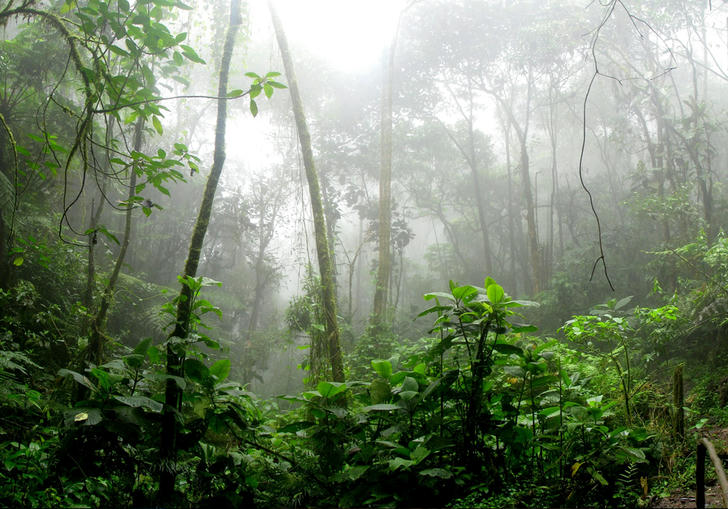
The world's largest and most bio-diverse rainforest stretches across much of the South American continent and is full of surprises. As breathtaking, the Amazon remains mysterious, and it remains one of the most well-written research ecosystems on the planet. Here are some facts you might not know about the Amazon rainforest.
1.It's unbelievably huge
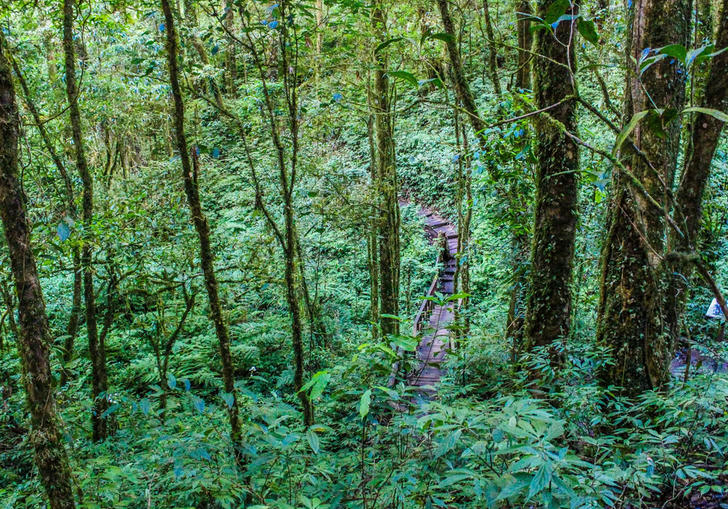
2.5 million square miles to be exact. The world's largest rain forests can be found in nine Latin American countries. In fact, if it were a country in its own right, it would be the ninth largest country in the world.
2.Diversity is off the charts
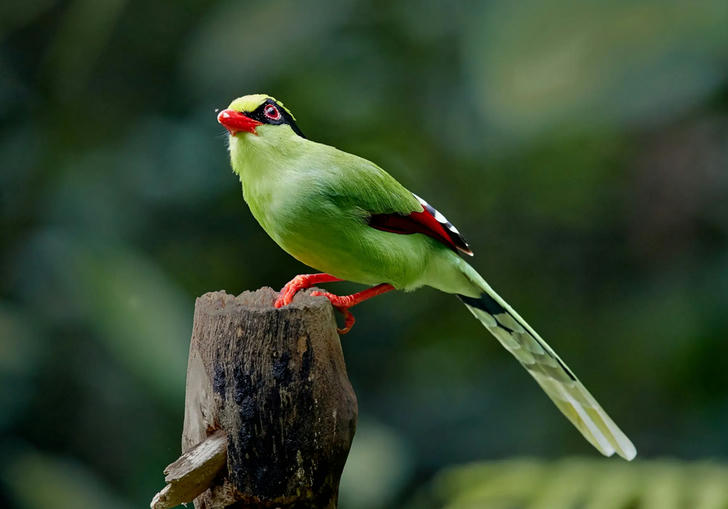
Although these numbers are debatable, the best scientific estimates suggest there are at least 40,000 plant species, 3,000 types of fish, 1,300 birds, 430 mammals, and a staggering 2.5 million different species of insects.
3.Many humans also live there
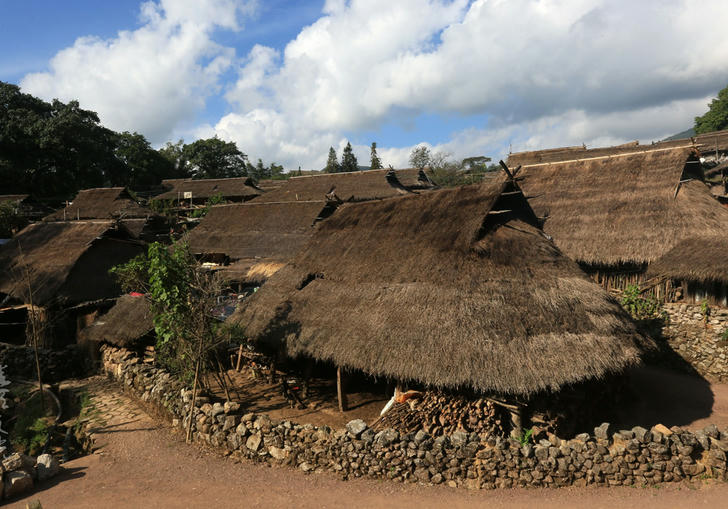
Although this large rainforest may conjure up images of exotic and terrifying wildlife, its population is actually very important too. About 21 million people call the Amazon home, including an estimated 50 remote tribes that have yet to come into contact with modern civilization.
4.It's not really earth lungs
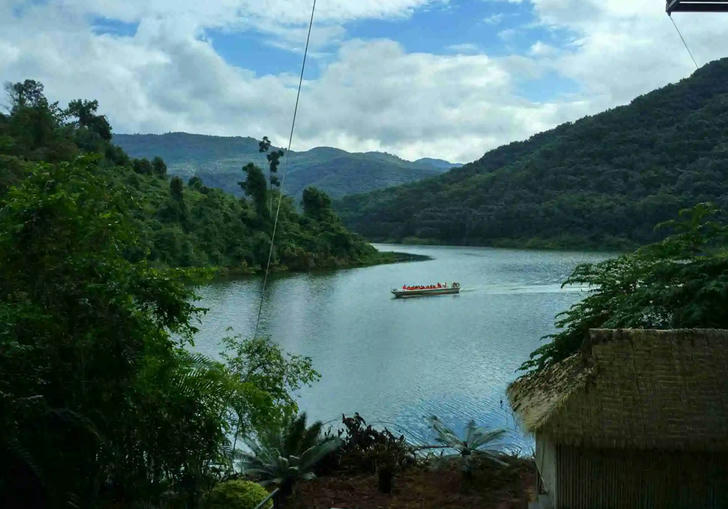
This misunderstood moniker comes from the fact that rain forests pump out an astonishing 20 percent of the world's oxygen every day, far more than any other ecosystem. While this may be true, the plant it decomposes also produces roughly the same amount of CO2, which means the big rainforest is more or less in equilibrium. The vast majority of the oxygen we breathe actually comes from microbes around the world.
5.It's disappearing at an alarming rate
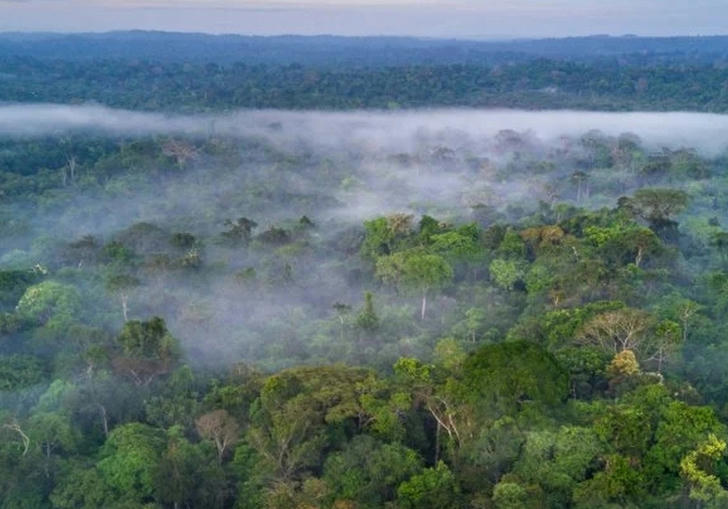
Possibly faster than you think. 1.5 acres?Amazons are disappearing every second, with an average of 137 species wiped out per day. Deforestation in the Amazon alone accounts for 30% of global carbon emissions, and if this continues, there will be no legacy after 40 years. Most of the destruction is to make room for cattle on pastures, so we might consider eating less red meat.
6.The bottom is really dark
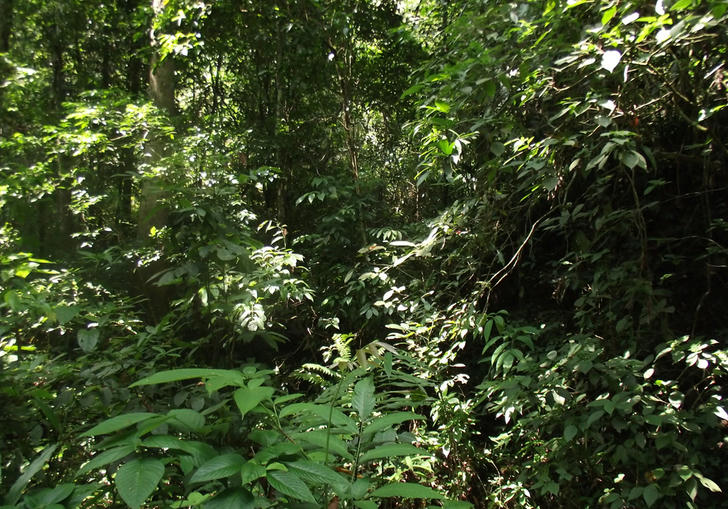
In much of the Amazon, the forest floor is almost completely black, as only 1 percent of sunlight can penetrate the thick canopy. In fact, when it rains, it takes about 10 minutes for the water to penetrate the bushes below.
7.Someone swam the whole river
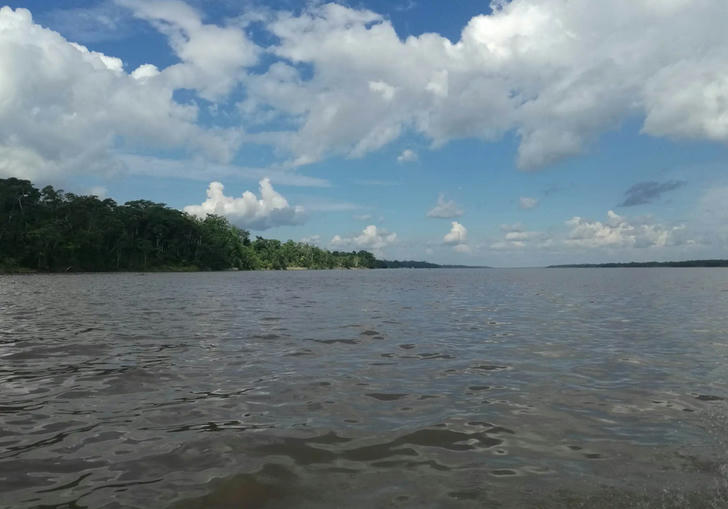
A guy named Martin Strell had a marathon in 2007, swimming ten hours a day for an impressive 66 days.
8.It may be the longest river in the world
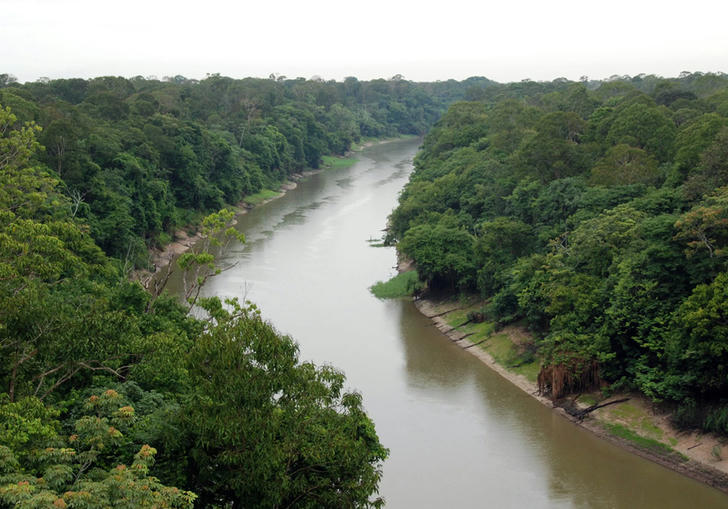
Trivia lovers will jump at the chance to tell you that the Nile is the longest river in the world. However, the Amazon actually starts in the Peruvian Andes and stretches for 4,225 miles (6,800 kilometers), about 65 miles (105 kilometers) longer than the Nile, according to a group of scientists who conduct complex research using numerous techniques. Either way, it is without a doubt the largest river flow, delivering a staggering 55 million gallons of water per second into the Atlantic Ocean.
9.A lot of our food and medicines come from there
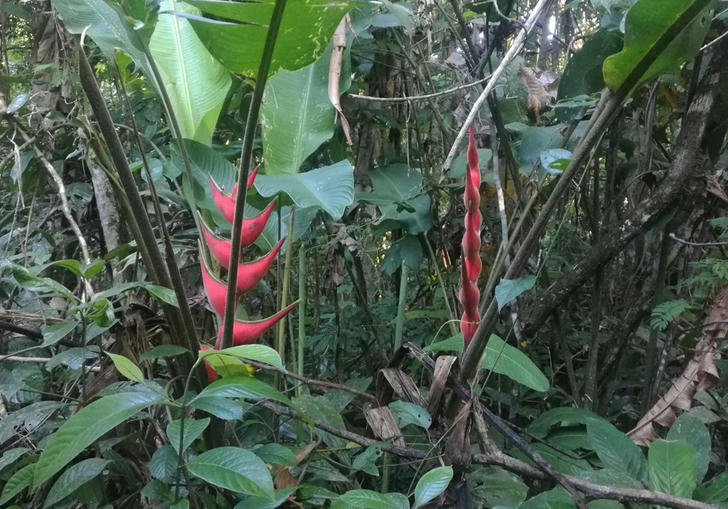
More than 80 varieties of the world's food come from the Amazon rainforest, including coffee. As for medicine, more than 25% of modern medicines contain Amazonian ingredients, but only 1% of plant species have been tested for medicinal properties. With that in mind, it's not unreasonable to think that cancer treatments are hiding somewhere.
10.It's up to Africa to survive
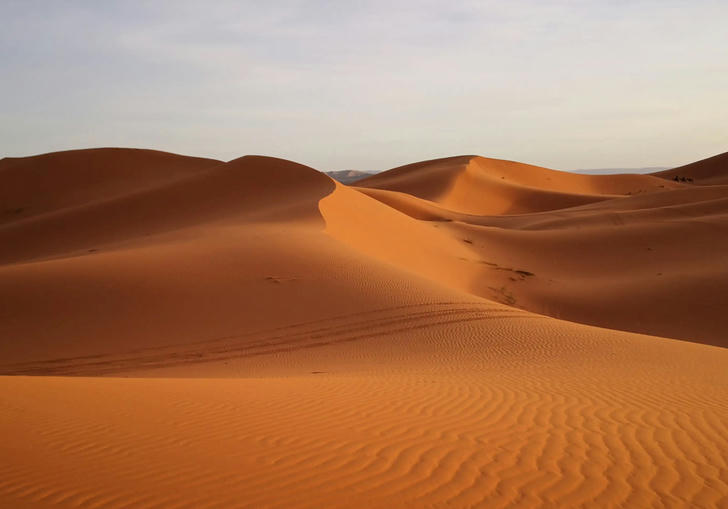
The Amazon requires a constant supply of fresh dust and phosphorus in its top soil to continue to thrive. A recent study using satellite imagery and advanced dust cloud modeling techniques found that particles were picked up in the Sahara desert and blown across the Atlantic before the Amazon was settled. Notably, the world's largest (non-polar) desert is the place that nourishes the world's largest and most bio-diverse rainforest.
11.The river used to run backwards
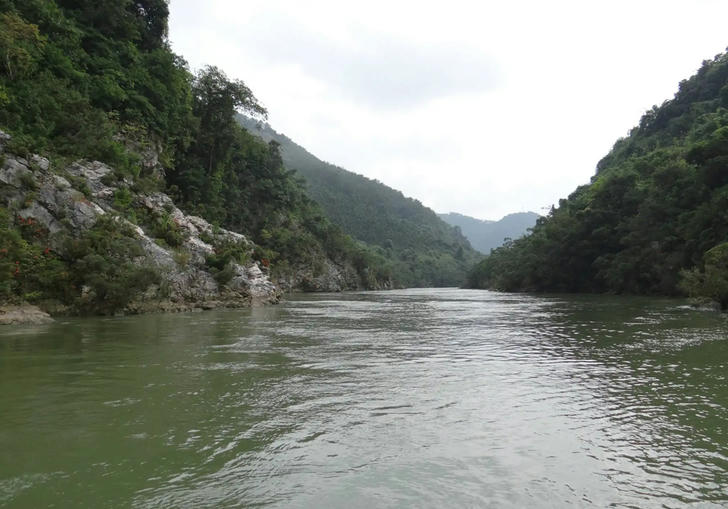
A 2006 geological study found that the oldest river deposits were actually upstream from their source. After many hypotheses, the scientists concluded that the Amazon used to run from east to west, but changed direction once the Andes rose to the mainland 100 million years ago.

